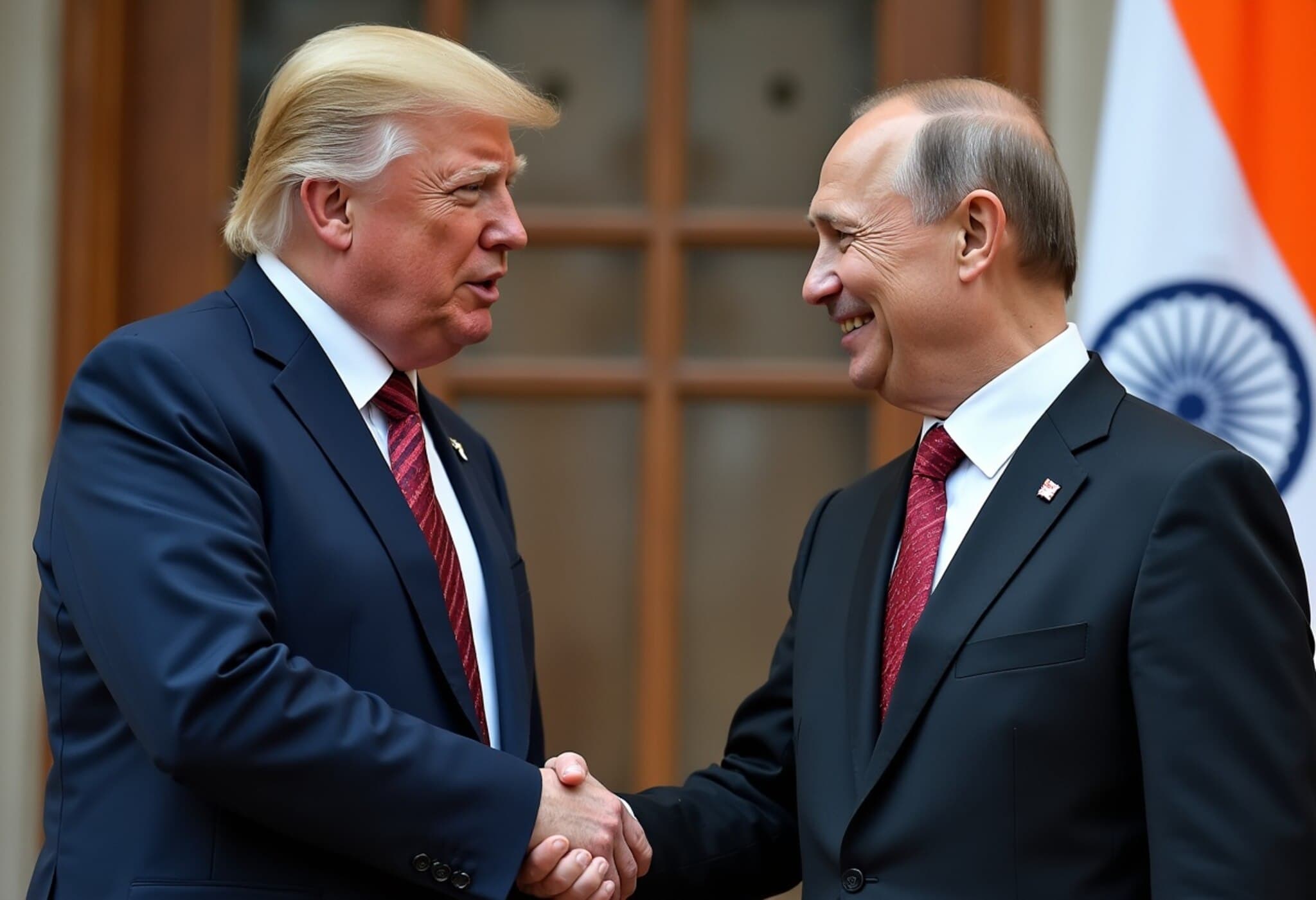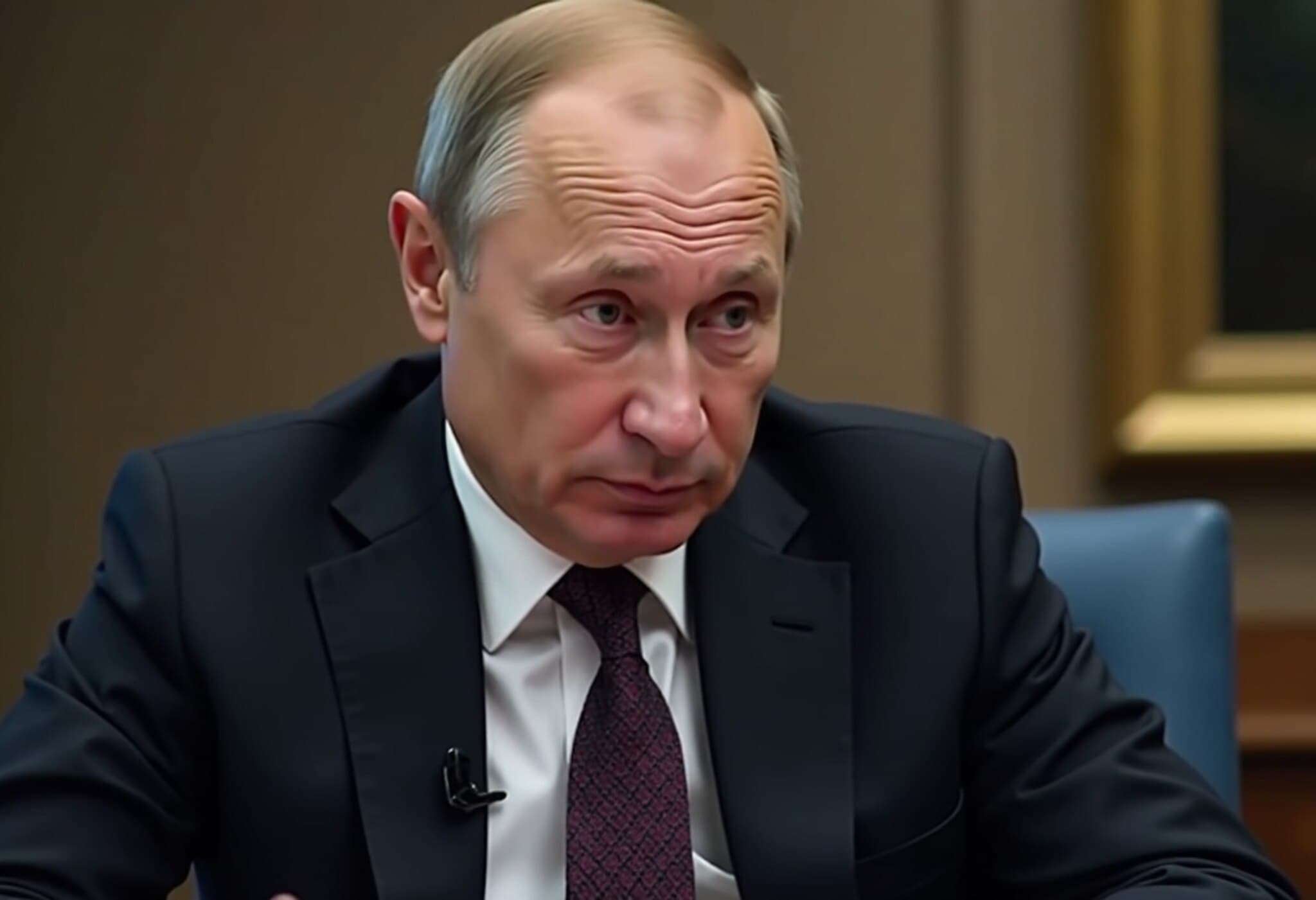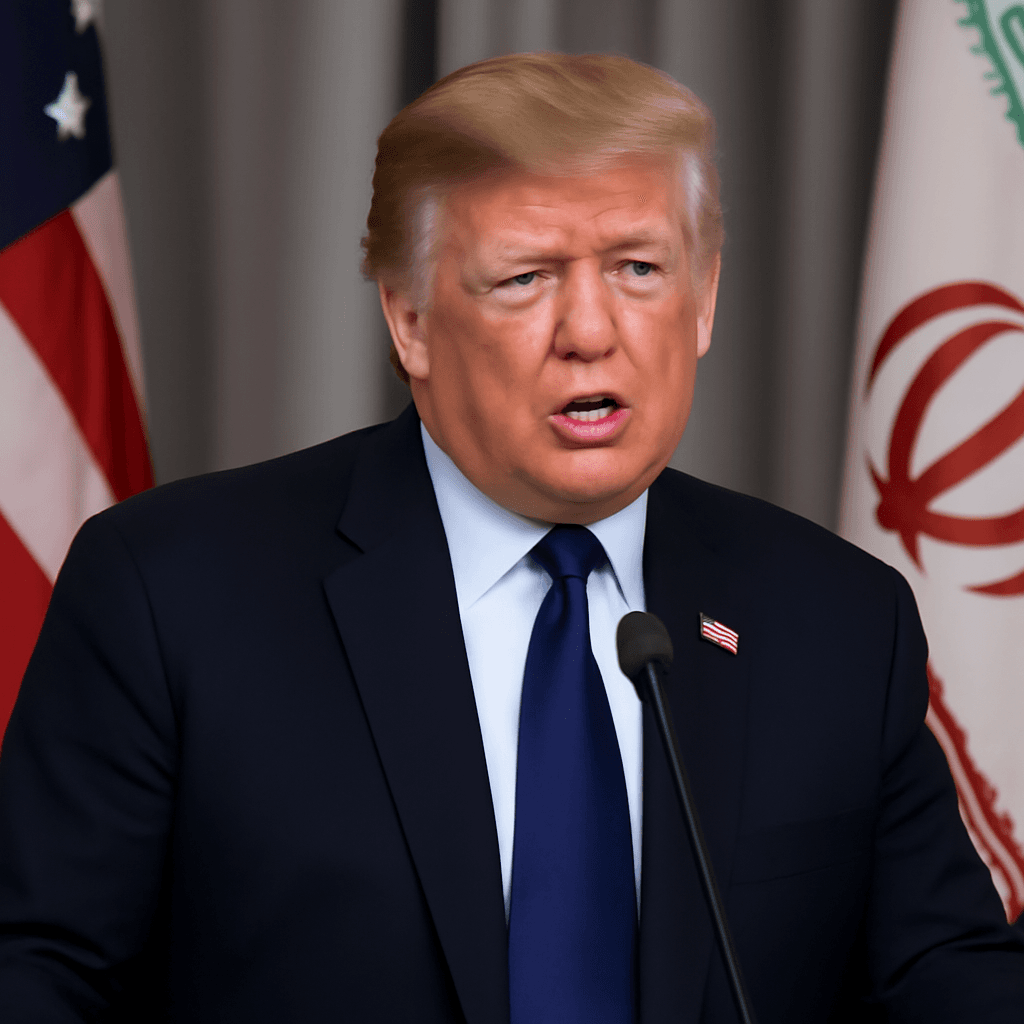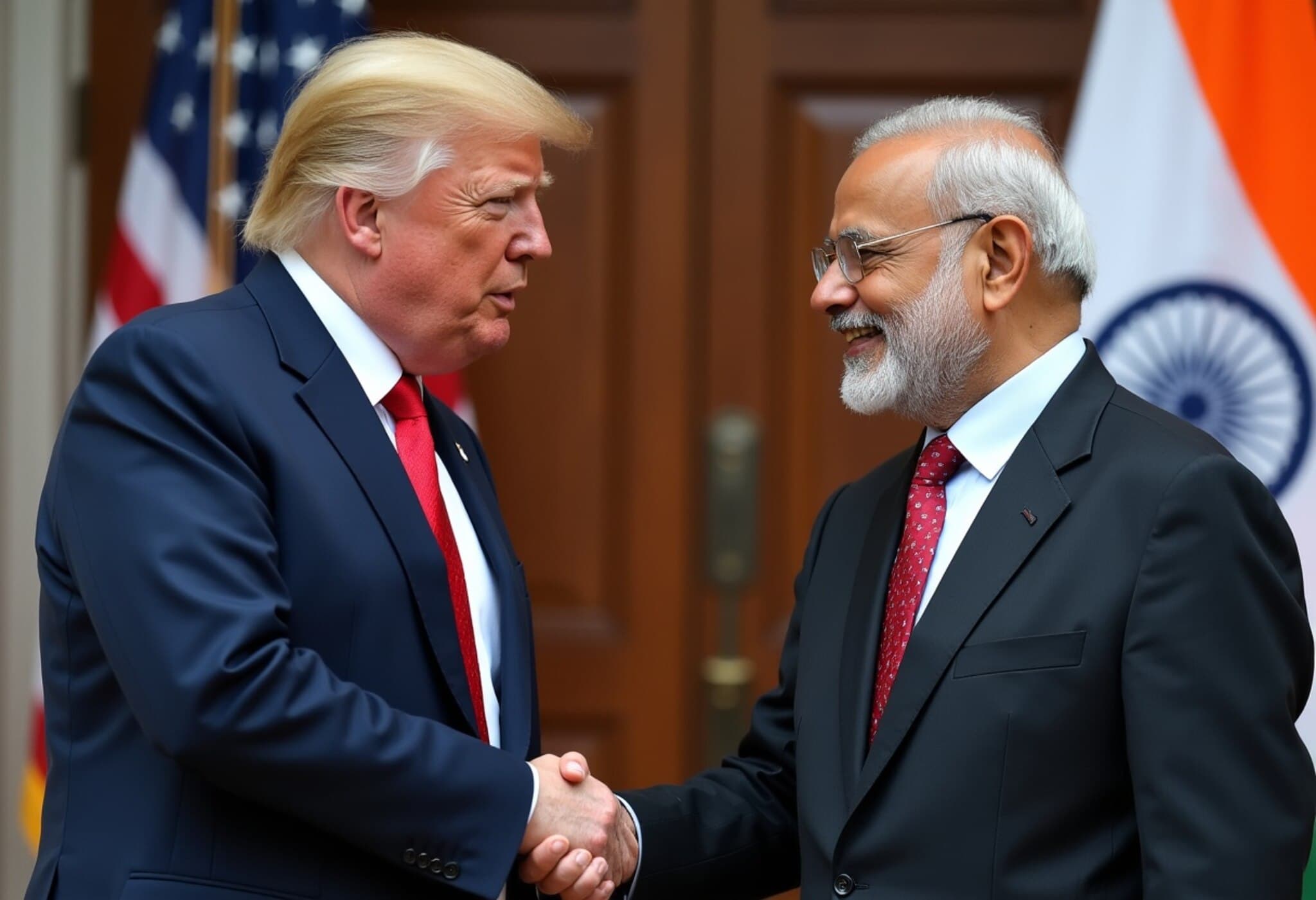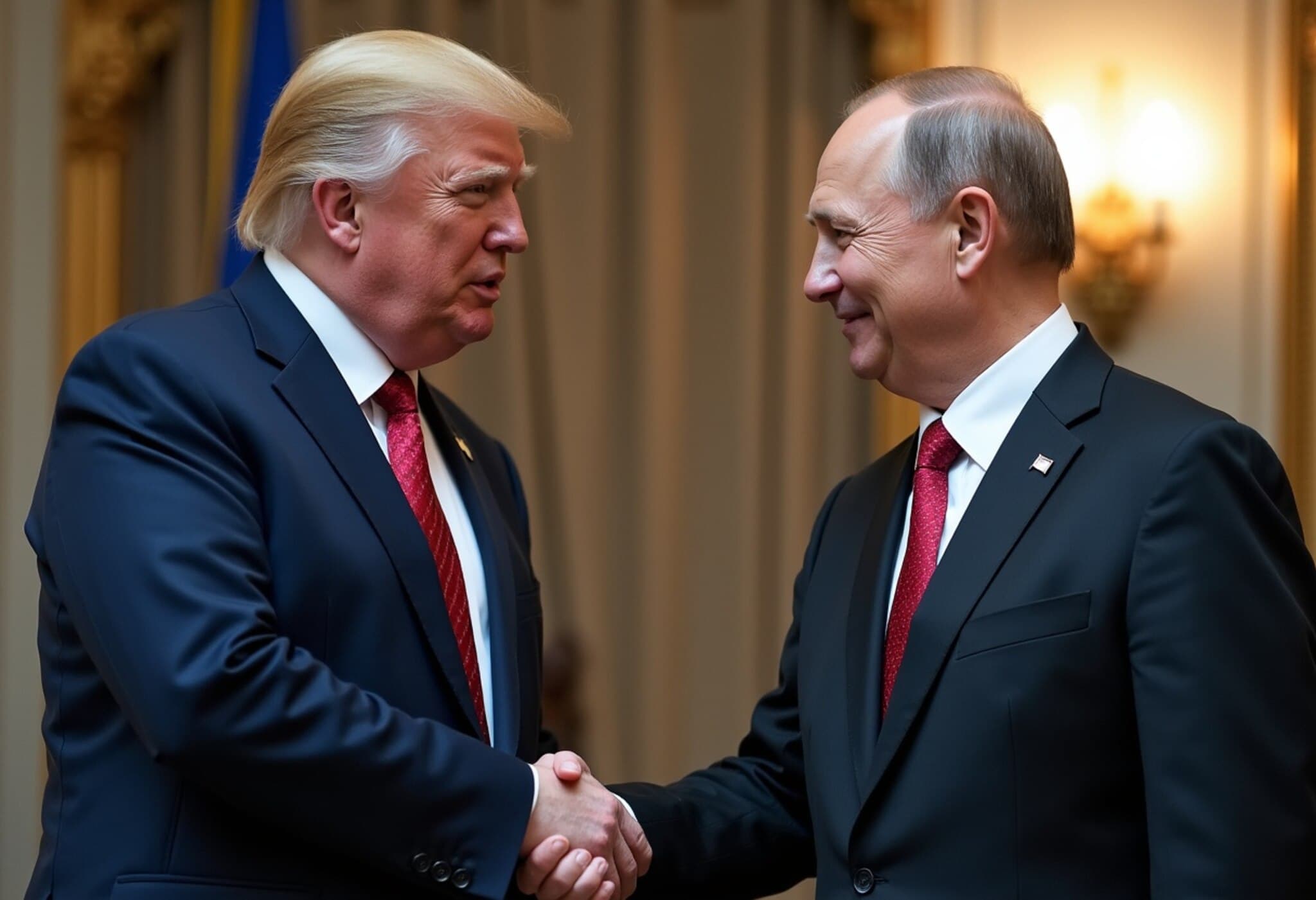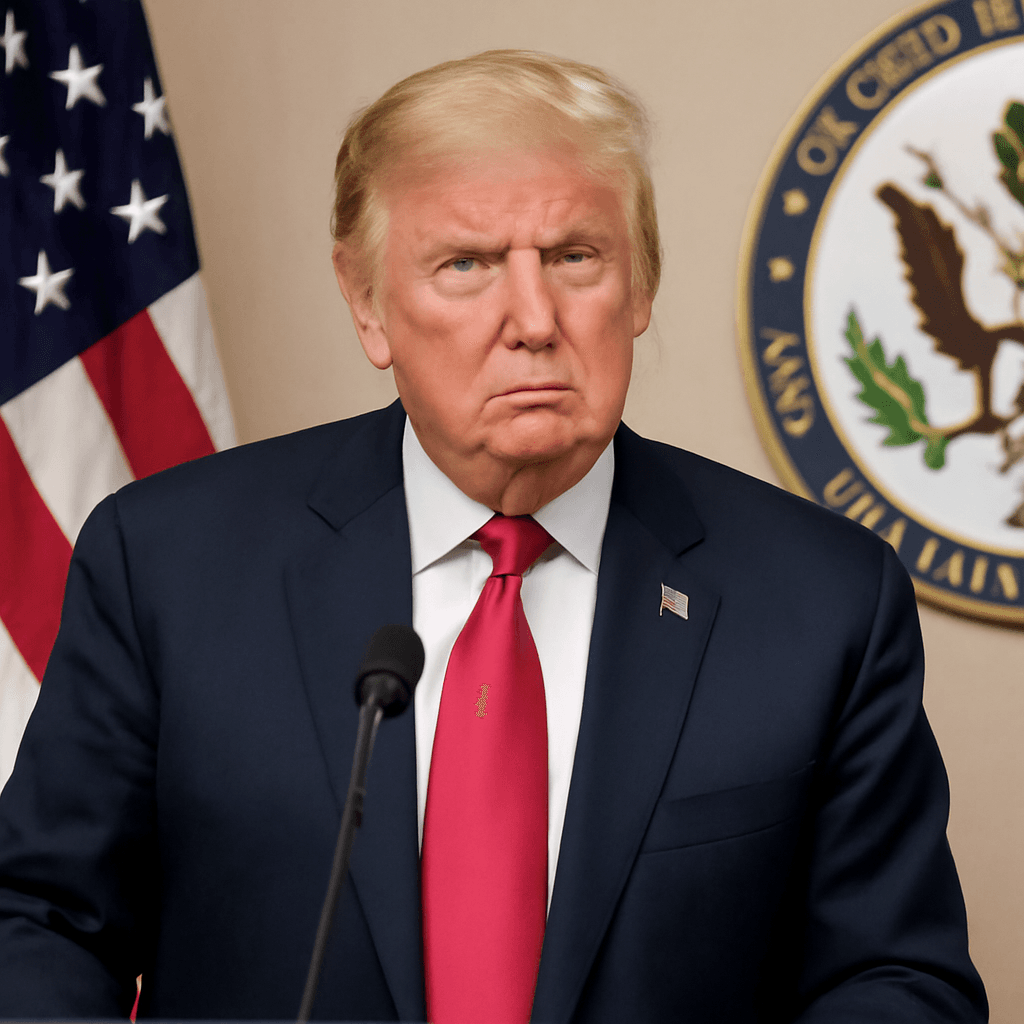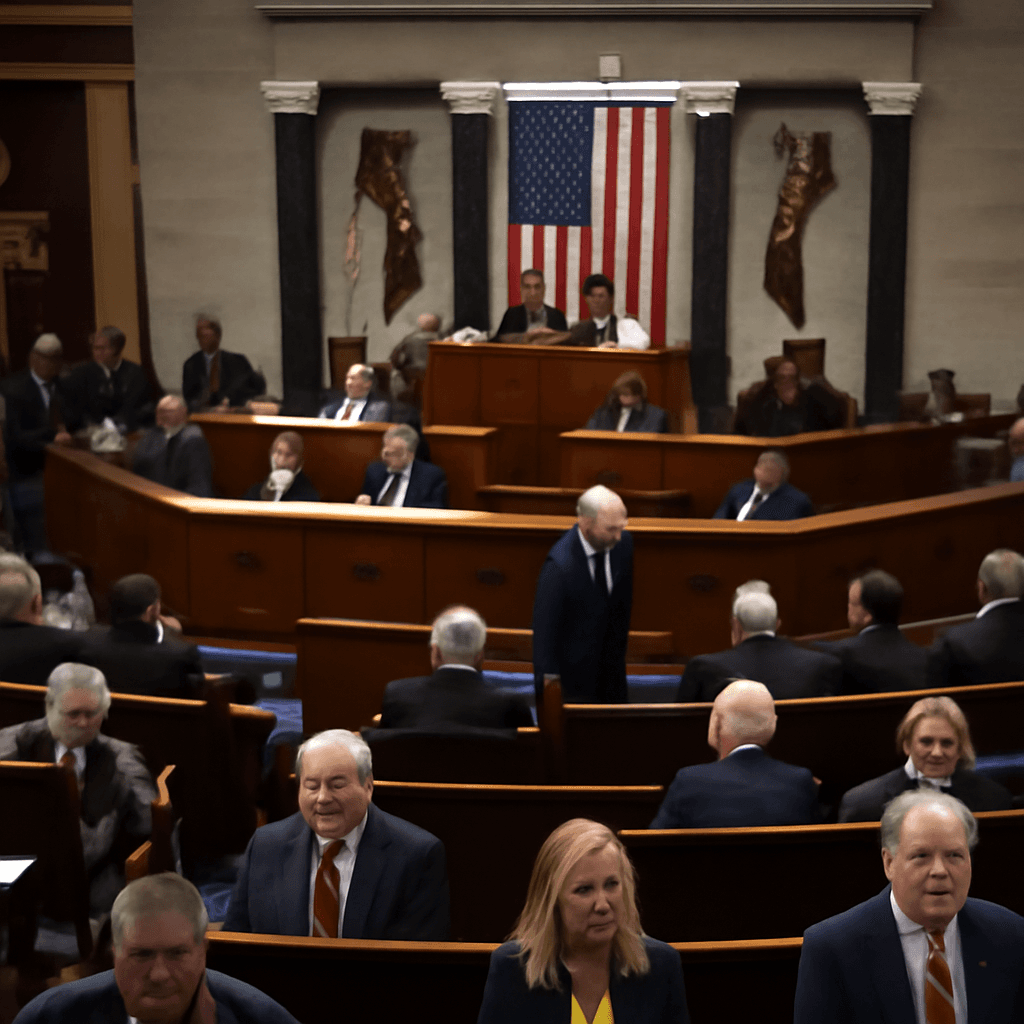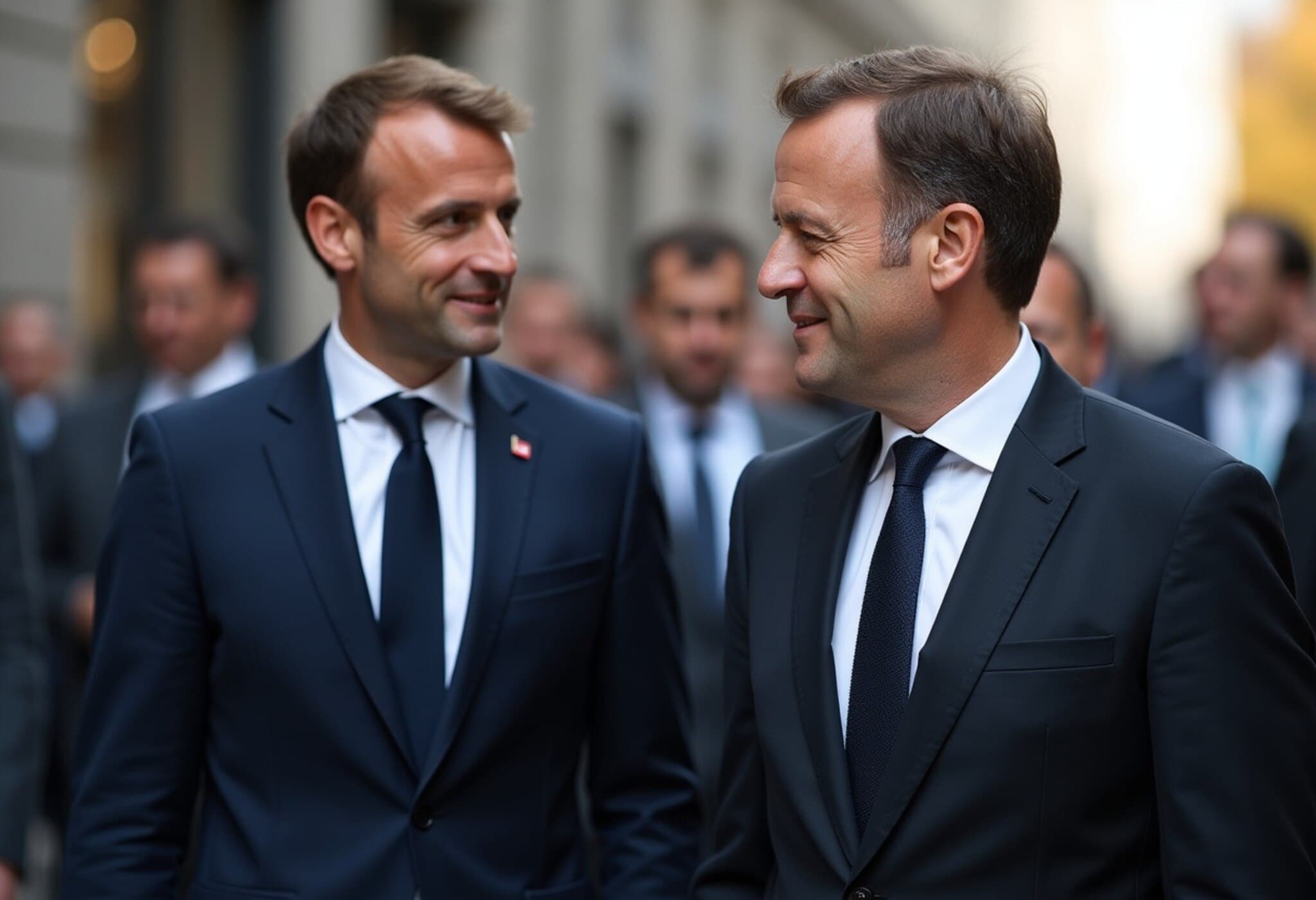UK Realizes Profit on Aid to India: A Historic Shift Since 1947
In a landmark development reflecting the evolving dynamics of international aid and economic relations, the United Kingdom has recorded a profit of over £12.9 million (approximately Rs 151 crore) from its aid programs to India during the financial year 2024-2025. This marks the first time since Indian independence in 1947 that the UK’s aid relationship with India has yielded direct financial returns.
From Aid to Investment: UK’s Strategic Financial Pivot
The Foreign, Commonwealth and Development Office’s recent annual report reveals a notable transformation in how the UK approaches its financial engagement with India. Rather than traditional grants or outright aid disbursements, the UK’s involvement is increasingly framed through business investments aimed at fostering mutual economic growth and addressing global challenges.
While the UK plans to spend over £24.5 million (Rs 287 crore) on overseas aid-related projects in India for 2025-2026, this funding primarily supports initiatives focused on climate change, technology partnerships, and market development—initiatives constructed to generate tangible economic returns alongside social and environmental benefits.
Contextualizing the Aid Debate: India's Economic Evolution and UK Policy Shifts
India’s rising economic stature has long fueled debates around the necessity and nature of British financial aid. Back in 2012, then Indian Finance Minister Pranab Mukherjee famously dismissed the UK’s £280 million annual aid to India as “peanuts,” highlighting the country’s growing self-reliance, including its robust space program and foreign aid contributions.
Reflecting these changes, the UK government adopted a policy in 2012 to phase out direct financial aid to India by 2015, pivoting instead towards economic cooperation through investments. Since then, no financial aid in the traditional sense has been offered; instead, UK funds now support collaborative projects designed to open new markets and create jobs in both countries.
Behind the Numbers: What Does a Profit on ‘Aid’ Really Mean?
Interpreting the UK's reported profit requires nuance. This figure does not mean the UK is repaying aid loans or receiving direct monetary returns as a traditional investment might. Instead, it likely reflects gains from UK-funded development projects that generate economic activity benefitting British businesses and taxpayers.
Such returns might arise through:
- Trade facilitation and expanded access for UK companies to the Indian market
- Joint climate and technology ventures yielding commercial opportunities
- Employment and skill-building initiatives enhancing bilateral economic ties
This recalibrated approach exemplifies modern development cooperation, emphasizing sustainable, reciprocal benefits rather than unilateral aid flows.
Expert Perspective: What This Means for UK-India Relations
Dr. Emily Harrison, an international development analyst, notes, "The UK’s shift from aid to investment mirrors a broader trend among donor countries recalibrating relations with emerging economies. For India, which now plays a donor role itself, this partnership model can foster more equitable growth and innovation collaboration."
However, Harrison cautions that ensuring such partnerships genuinely address social inequities and climate goals remains essential. Profitability should not eclipse the developmental and humanitarian objectives originally underpinning aid programs.
Underreported Questions and Regional Significance
This financial milestone invites critical questions often overlooked in public discourse:
- How transparent are the mechanisms measuring profits from aid-linked projects?
- Do economic returns coincide with substantive improvements in poverty alleviation or environmental sustainability?
- What governance structures ensure balanced benefit-sharing between the UK and India?
As Britain grapples with redefining its post-Brexit trade identity, and India accelerates as a major global economy and donor, the evolving aid-to-investment paradigm could set a precedent influencing bilateral cooperation models worldwide.
Editor’s Note
The UK’s reported profit on aid to India symbolizes much more than just financial figures; it captures a historic pivot in the global aid architecture. While celebrating this evolution, it’s vital to weigh economic returns against developmental impact, transparency, and equitable partnership. For policymakers, investors, and observers alike, the challenge remains: how to balance commercial interests with sustainable, inclusive progress in one of today’s defining international relationships.


